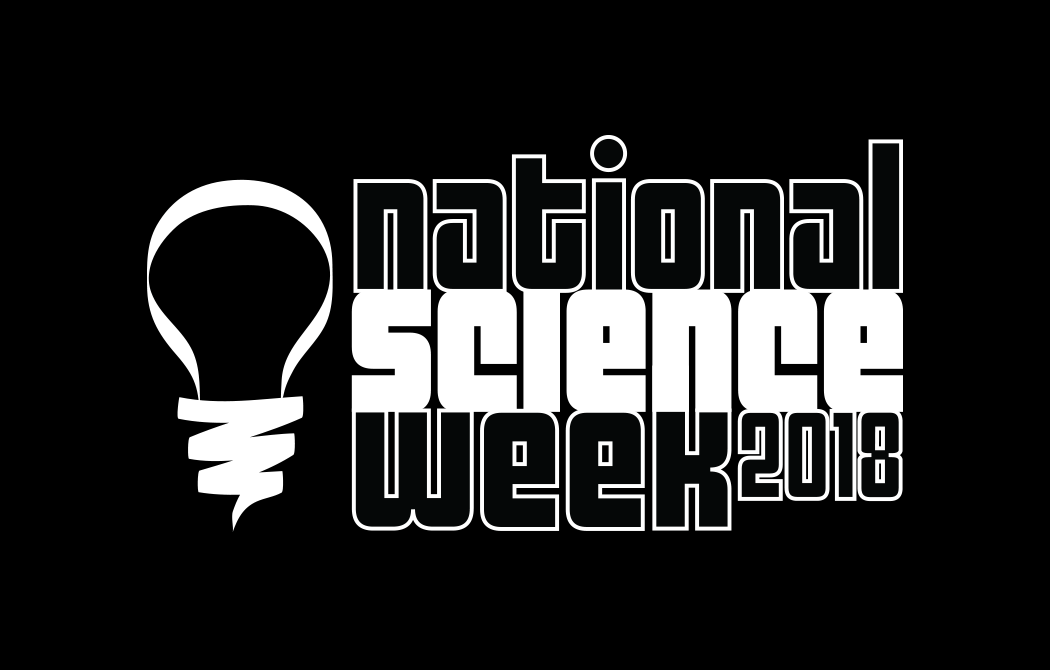It remains one of the great mysteries of our generation. Whatever happened to Malaysian Airlines flight 370?
The flight took off from Kuala Lumpur on 8 March 2014 for a trip to Beijing with 239 passengers and crew on board. More than four years later, the aircraft remains missing, despite the largest, longest, and most technically challenging search in history.
The Malaysian government just released a report in which it could not offer any cause into why the plane vanished. Also, the latest search efforts were called off at the end of May, with no sign of the missing airliner.
Despite those efforts being called off, ACEMS is looking to keep the conversation going into the mystery of MH 370. We are hosting a National Science Week 2018 event at QUT on Saturday, 11 August, which will explore the science used to try and locate the Boeing 777.
Participants include Peter Foley, who was the Program Director Operational Search for MH 370 at the Australian Transport Safety Bureau (ATSB).
“The practical application of various branches of science has been absolutely crucial in the search for MH 370,” said Mr Foley.
“The search area was largely defined by unprecedented analysis of satellite communication metadata to model the aircraft’s possible flight paths in the final six hours of flight. It also included sophisticated oceanographic analysis of the drift of debris from the aircraft which had crossed the Indian Ocean, only to be recovered more than 500 days after the plane went missing,” said Mr. Foley.
Appearing with Peter Foley at the ACEMS event will be Dr Neil Gordon, who leads Intelligence Analytics for Defence Science and Technology (DST), Department of Defence, Australia. Dr Gordon is the author of a book on search zone calculations for MH 370.
The event will be chaired by Vaughan Clarkson, an expert in radar and telecommunications signal processing.
“The search is a great example of interdisciplinary collaboration between the sciences,” said Dr Clarkson.
“For example, the mapping of the seabed in the MH 370 search zone produced the most detailed underwater map ever created. The map, and the techniques used to create it, will benefit future ocean exploration, the fishing industry, and international search and rescue.”
Similar scientific efforts led to the discovery of the wreckage of an Air France jet, more than two years after it had crashed in the Atlantic Ocean in 2009. Peter Foley and Vaughan Clarkson say they both hope for a similar outcome someday when it comes to MH 370.
“MH 370 must be found primarily to provide resolution to the 239 families of those on board. It is totally unacceptable to let the mystery endure when the technology exists to locate and recover the wreckage,” said Mr Foley.
“As a matter of public safety, to restore confidence in international air traffic arrangements, and for the sake of the families, it’s important we continue the conversation – indeed, that we continue the search!” said Dr Clarkson.
For more information about the event, you can head to the ACEMS website: https://acems.org.au/events/NSW-2018-mh370-public-lecture
MEDIA CONTACT: Tim Macuga, 07 3138 6741 or 0478571226, timothy.macuga@qut.edu.au

